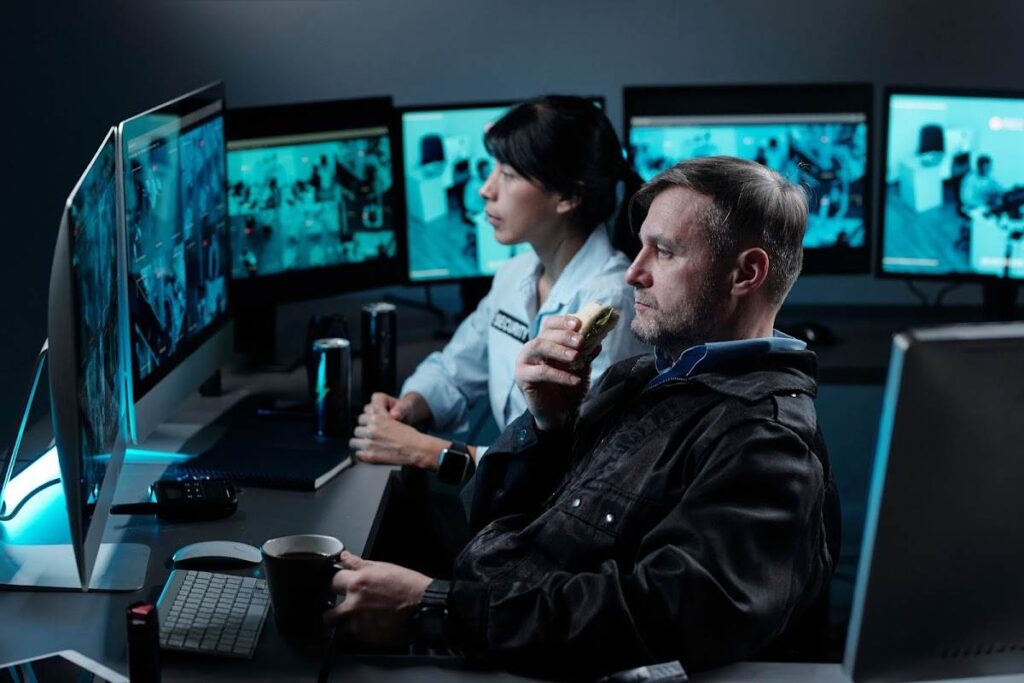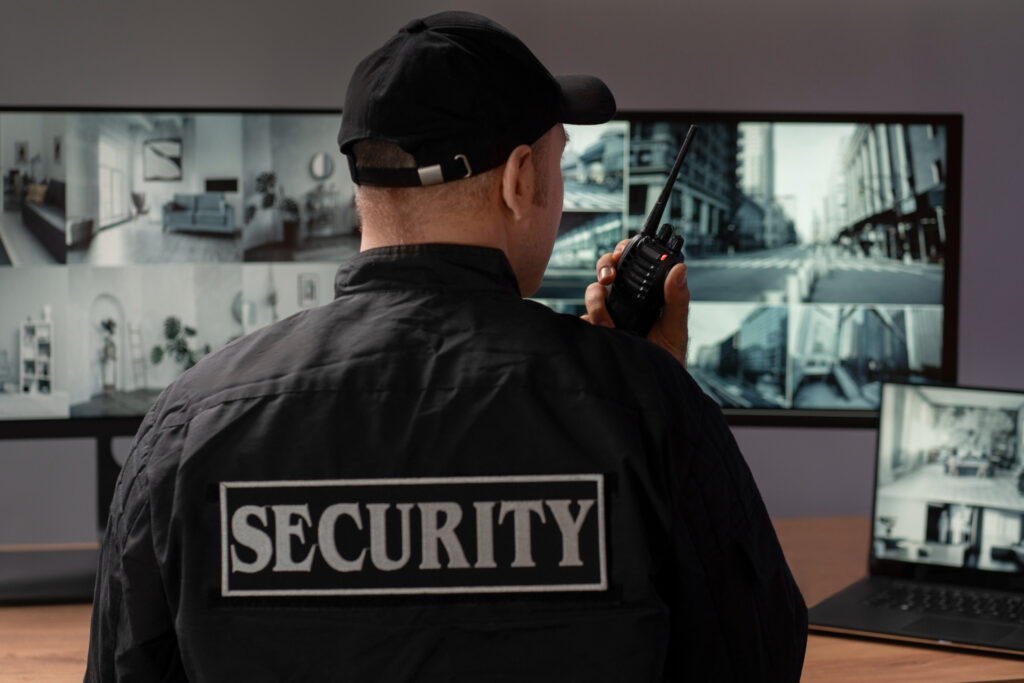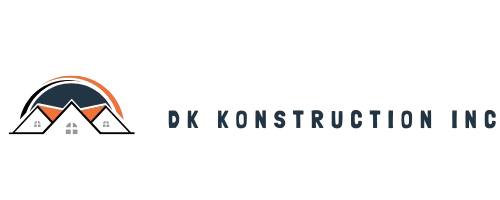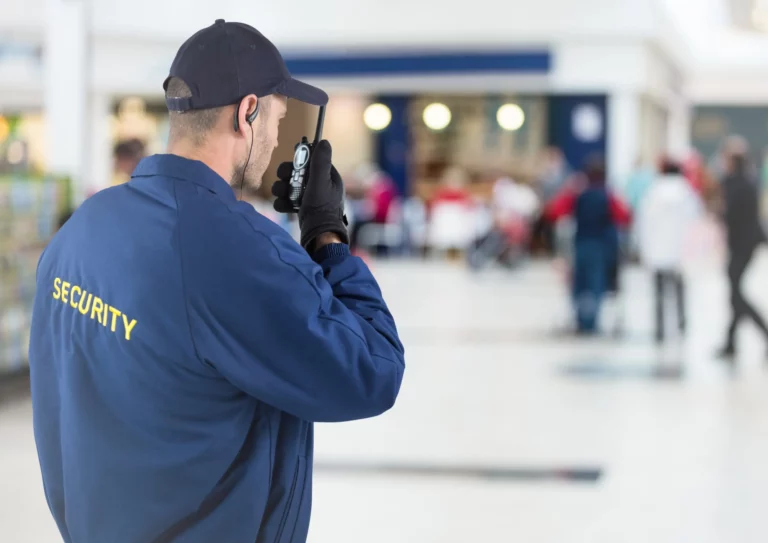Running a business in high-risk areas requires strong security measures that go beyond basic protection methods. Security in these areas involves detailed plans created to protect assets, staff, and operations from various dangers.
High-risk areas have specific problems due to different types of threats:
- Organised Crime: Planned attacks on business assets and staff
- Physical Violence: Dangers to employee safety and damage to property
- Sophisticated Theft: Both internal and external theft activities
- Cyber Attacks: Digital threats aimed at sensitive business information
The current security environment needs a combined strategy that includes both physical and technological solutions. This combination establishes several layers of security:
- Advanced surveillance systems
- Biometric access controls
- Professional monitoring services
- Cybersecurity protocols
- Crisis response mechanisms
These interconnected security components function together to form an unbreakable defence system. Businesses in at-risk areas must implement all-encompassing security solutions measures that can adapt to changing threats while still allowing smooth operations. Putting strategic security actions into place is essential for ensuring the ongoing operation and success of a business.
Understanding Security Challenges in High-Risk Areas
Businesses operating in high-risk areas face distinct security challenges that demand sophisticated protection strategies. These vulnerabilities extend beyond standard security concerns, creating complex operational risks that require careful assessment and mitigation.
Primary Security Risks:
- Unauthorized facility access through breach points
- Internal theft and employee-related security breaches
- Supply chain disruptions due to regional instability
- Targeted cyber attacks on business infrastructure
Regional instability creates unpredictable business environments, affecting:
- Daily operations and workforce safety
- Supply chain reliability
- Asset protection capabilities
- Emergency response effectiveness
The dynamic nature of security threats in high-risk zones necessitates thorough risk assessments tailored to specific business contexts. These assessments examine:
- Geographic location vulnerabilities
- Local crime patterns and trends
- Political and social stability factors
- Industry-specific risk exposure
- Current security measure effectiveness
Risk assessment findings guide the development of targeted security protocols that address both immediate threats and emerging risks. This data-driven approach enables businesses to:
- Identify critical protection priorities
- Allocate security resources efficiently
- Implement appropriate security technologies
- Establish effective response protocols
Criminal organisations often exploit businesses with inadequate security measures, making comprehensive protection essential. The sophistication of modern security threats requires integrated solutions that combine physical barriers, electronic surveillance, and cybersecurity measures.
Comprehensive Physical Security Measures
Physical security is crucial for protecting businesses in high-risk areas. By combining human resources and advanced technology, we can create a strong defence against potential threats.
Armed Security Personnel
Professional armed security teams act as a visible deterrent and can respond quickly to any incidents. These specially trained personnel:
- Conduct regular patrols around the premises
- Monitor entry and exit points
- Inspect vehicles entering the area
- Follow emergency response protocols
Secure Transportation Systems
Armoured vehicles with bulletproof glass and reinforced frames ensure the safety of personnel during transportation. With GPS tracking systems, we can monitor the location of vehicles in real-time, and by planning routes in advance, we can minimise exposure to potential risks.
Surveillance Infrastructure
Advanced CCTV systems provide comprehensive monitoring:
- High-definition cameras that can see in the dark
- Strategic placement of cameras to cover blind spots
- Ability to monitor remotely
- Use of video analytics to detect threats
- Cloud storage for storing recorded footage
Access Control Technologies
Modern access control systems manage entry to sensitive areas using various authentication methods:
- Biometric Scanners: Fingerprint recognition, facial recognition, retinal scanning, hand geometry analysis
- Electronic Access Cards: Proximity cards, smart cards with encryption, multi-factor authentication, time-restricted access permissions
- Digital Keypads: PIN code systems, programmable access schedules, audit trail capabilities, remote management options
These physical security measures work together to create multiple layers of protection. Each component strengthens overall security while allowing flexibility to adapt to changing threat levels. The integration of these systems enables security personnel to stay aware of the situation and respond quickly to any potential breaches.
Importantly, all these measures should be compliant with international standards for physical security, ensuring that they meet the necessary legal and operational guidelines.
24/7 Monitoring and Response Services
Professional monitoring centres are essential for strong security systems in high-risk areas. These centres operate continuously, with trained security professionals on duty who respond to alerts within seconds of detection.
The integration of alarm systems with monitoring centres creates multiple layers of protection:
- Real-time Alert Processing: Advanced algorithms filter and categorise threats based on severity
- Immediate Response Protocols: Direct communication links with local law enforcement and emergency services
- Video Verification: Live feed analysis to confirm genuine security breaches
- Remote System Management: Ability to control security parameters and access points from the central hub
Modern monitoring centres use AI-powered systems to:
- Detect unusual patterns in surveillance footage
- Track movement through restricted areas
- Monitor environmental conditions
- Analyse behavioural anomalies
Back-to-base monitoring provides businesses with detailed incident reports and analytics, enabling security teams to identify patterns and strengthen vulnerable points. The combination of human expertise and automated systems ensures consistent threat detection and response capabilities across multiple locations simultaneously.
Advanced Security Technology Integration
Modern security requires different protective components to work together seamlessly. Smart integration turns separate security elements into a single, responsive system that improves protection and makes operations more efficient.
Key Integration Components:
- Cloud-enabled CCTV systems with AI-powered analytics
- Smart lighting systems responding to movement detection
- Automated door locks synchronised with access control
- Environmental sensors linked to central monitoring
- Mobile-responsive control interfaces
The integration of these technologies creates an intelligent security ecosystem. When motion sensors detect activity, the system automatically adjusts lighting levels, activates relevant cameras, and alerts security personnel. This coordinated response maximises effectiveness while minimising false alarms.
Smart Integration Benefits:
- Reduced energy consumption through automated lighting control
- Enhanced situational awareness via unified monitoring dashboards
- Streamlined access management across multiple entry points
- Real-time system health monitoring and maintenance alerts
- Automated incident reporting and response protocols
Advanced integration also enables predictive security measures. Machine learning algorithms analyse patterns in collected data to identify potential threats before they materialise. This proactive approach helps security teams allocate resources efficiently and maintain optimal protection levels.
The implementation of cloud-based platforms allows for scalable solutions that grow with business needs. Remote management capabilities enable security administrators to monitor and control systems from any location, ensuring consistent protection across multiple sites.
Tailored Security Solutions by Industry Type
Different industries face unique security challenges requiring customised protection strategies. The implementation of targeted security measures ensures optimal safeguarding aligned with specific operational requirements.
Commercial Establishments
- High-traffic retail spaces benefit from strategically positioned CCTV networks
- Mobile patrol units conduct random security sweeps during off-hours
- Smart analytics software tracks customer flow patterns
- Integration with point-of-sale systems for fraud prevention
Industrial Facilities
- Perimeter protection through thermal imaging cameras
- Asset tracking systems for valuable equipment
- Environmental monitoring for hazardous materials
- Dedicated control rooms for 24/7 surveillance
Financial Institutions
- Multi-layer access control systems
- Vault monitoring with time-delay mechanisms
- Silent alarm integration with local law enforcement
- Bulletproof glass installations at customer service points
Healthcare Facilities
- Patient tracking systems
- Restricted area access management
- Infant protection systems
- Pharmaceutical storage security

Each industry requires specific security protocols based on risk assessments and operational workflows. The combination of physical barriers, electronic surveillance, and human security personnel creates robust protection frameworks. These tailored solutions adapt to changing threat landscapes while maintaining operational efficiency. Learn more about how to find the best Security Company Near Me.
Regular security audits ensure the continued effectiveness of industry-specific measures, allowing for timely adjustments to protection strategies as new risks emerge. This is particularly relevant in sectors such as healthcare or finance where residential security services might also be applicable due to the sensitive nature of the data handled. Furthermore, a comprehensive understanding of physical security can enhance the effectiveness of these tailored strategies across various sectors.
Cybersecurity Practices Complementing Physical Security
Physical security measures must work alongside strong cybersecurity protocols to create an unbeatable defence system. Digital threats can compromise physical security infrastructure, making integrated protection essential for businesses in high-risk areas.
Essential Cybersecurity Components:
- Multi-factor authentication for all security system access points
- Regular security audits and vulnerability assessments
- Encrypted communication channels between security devices
- Secure cloud storage for surveillance footage and access logs
The integration of physical and cyber security requires strict protocols:
1. Access Management
- Biometric verification linked to digital credentials
- Time-limited digital access tokens
- Real-time monitoring of login attempts
2. Network Security
- Segregated networks for security systems
- Regular firmware updates for all connected devices
- Intrusion detection systems monitoring network traffic
3. Data Protection
- End-to-end encryption for all security communications
- Secure backup systems for critical security data
- Regular testing of data recovery procedures
Businesses must implement automated patch management systems to address software vulnerabilities promptly. These systems should include:
- Scheduled security updates during off-peak hours
- Automatic vulnerability scanning
- Immediate critical patch deployment
- Version control for security software
Regular staff training programmes ensure all team members understand their role in maintaining both physical and digital security protocols, creating a comprehensive security culture throughout the organisation.
Specialized Services in High-Risk Environments
Operating in high-risk environments demands a sophisticated blend of crisis management and emergency medical response capabilities. Crisis response teams serve as the backbone of security operations, ready to mobilise at a moment’s notice during natural disasters, security breaches, or other critical incidents.
Essential Components of Crisis Response:
- Dedicated command centres with 24/7 staffing
- Rapid deployment protocols
- Pre-established evacuation routes
- Real-time communication systems
- Regular crisis simulation drills
The integration of medical support adds a vital layer of protection. Professional medical teams maintain constant readiness through:
- On-site Medical FacilitiesTrauma response equipment
- Emergency supplies stockpile
- Dedicated treatment rooms
- Trained Medical PersonnelAdvanced life support specialists
- Emergency response coordinators
- Mental health professionals
These specialised services require extensive coordination between security teams, medical staff, and local authorities. Regular training exercises ensure seamless integration of all response elements, while detailed contingency plans address various scenarios from natural disasters to targeted security threats.
The establishment of secure communication channels enables rapid information sharing during emergencies. These systems connect on-site teams with external support services, creating a robust network capable of managing complex crisis situations effectively.
Case Study Insights from High-Risk Regions (e.g., Mexico)
Mexico’s complex security landscape offers valuable insights into effective high-risk business protection strategies. A detailed analysis of successful security implementations reveals critical adaptations necessary for business continuity in challenging environments.
Armed Executive Protection Services
- Licensed security personnel operate within strict legal parameters
- Teams undergo specialised tactical training for high-threat scenarios
- Strategic positioning of security personnel during business operations
- Real-time threat assessment and route adjustment capabilities
Armoured Vehicle Operations
- B6/B7 level armoured vehicles equipped with GPS tracking
- Pre-planned routes with alternative pathways identified
- Regular security sweeps of designated travel corridors
- Strategic convoy formations for multiple-vehicle movements
A prominent manufacturing facility in Monterrey demonstrates these principles in action. The facility implemented a comprehensive security protocol incorporating:
- 24/7 armed security presence
- Rotating patrol patterns
- Advanced vehicle screening systems
- Secure zones for sensitive operations
The facility reported an 85% reduction in security incidents following implementation, while maintaining operational efficiency. This success stems from the seamless integration of human expertise and technological solutions.
Recent data indicates businesses utilising combined armed protection and armoured transport services experience significantly lower rates of security breaches. These services prove particularly effective when customised to specific business operations and local risk factors.
Benefits of Implementing Integrated Security Systems
Integrated security systems offer significant advantages for businesses operating in high-risk areas. By implementing comprehensive security measures, a strong deterrent effect is created against potential criminal activities.
Visible Security Elements
The following visible components send a clear message to would-be criminals that the facility is well-protected, reducing the likelihood of attempted breaches:
- Professional security personnel in uniform
- Prominently displayed surveillance cameras
- Well-lit perimeters with motion sensors
- Clear security signage and warnings
Risk Mitigation Benefits
The installation of integrated security systems often leads to tangible financial benefits through reduced insurance premiums. Insurance providers recognise the value of:
- 24/7 monitoring capabilities
- Multi-layered access control systems
- Professional security personnel
- Automated incident reporting
- Regular security audits
Many insurance companies offer premium discounts ranging from 10% to 20% for businesses that maintain certified security systems. These cost savings, combined with reduced losses from criminal activity, create a strong return on investment for integrated security implementations.
The data collected through these systems also enables businesses to identify security trends, optimise resource allocation, and demonstrate due diligence in protecting assets and personnel.

Conclusion
A holistic security approach is essential for businesses operating in high-risk areas. By strategically combining physical barriers, advanced surveillance systems, and cybersecurity measures, companies can create a strong defence against various threats.
To achieve successful business resilience in these challenging environments, it is crucial to:
- Conduct proactive risk assessments and implement mitigation strategies
- Establish a multi-layered security infrastructure
- Regularly update systems and provide training to personnel
- Prepare for crisis response situations
- Comply with local security regulations
By adopting comprehensive security solutions, businesses can ensure uninterrupted operations while protecting their assets, employees, and sensitive data. Furthermore, companies that invest in integrated security measures are likely to have a stronger market presence and gain the trust of stakeholders.
The key to long-term business protection lies in embracing both innovative security technologies and traditional safety practices. This investment not only safeguards current operations but also lays the groundwork for sustainable growth in difficult environments.

